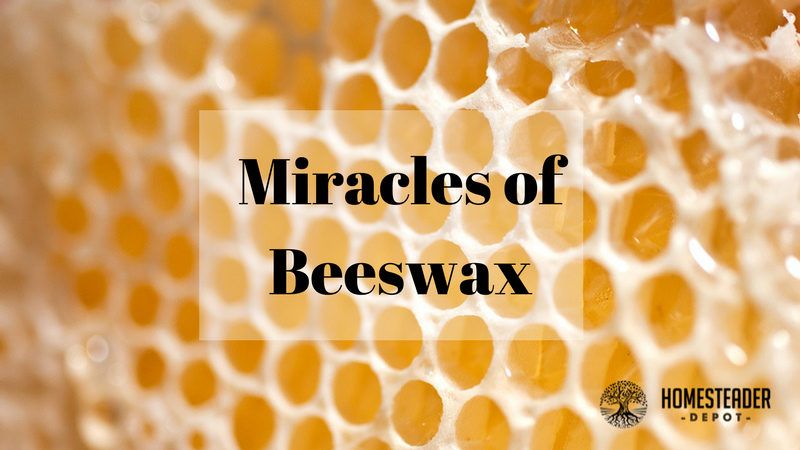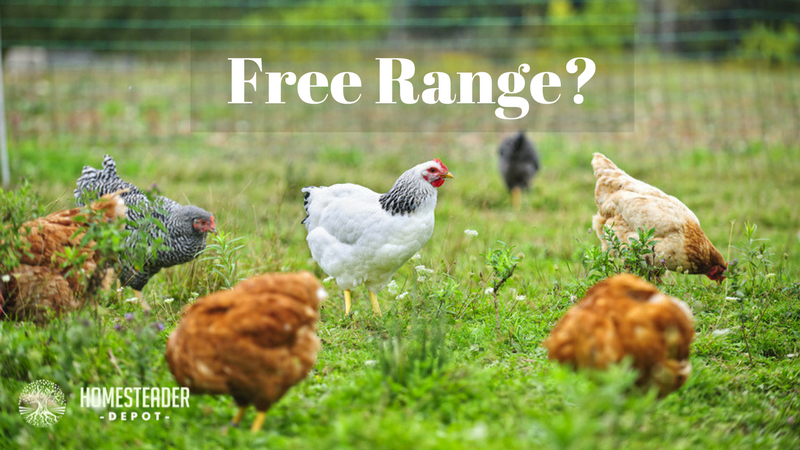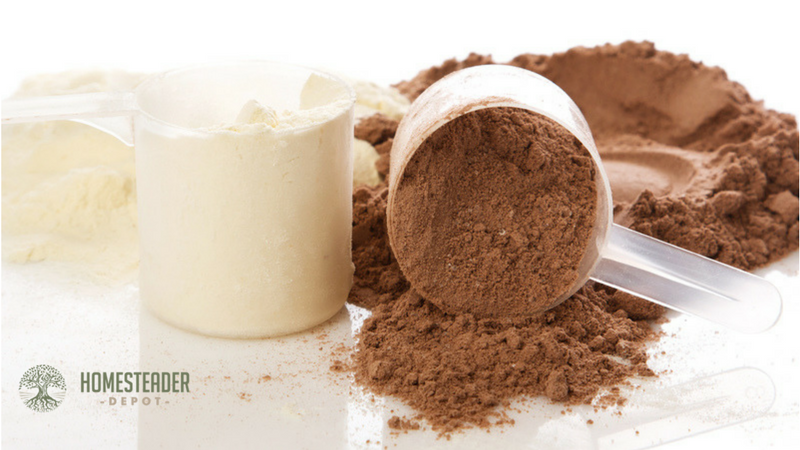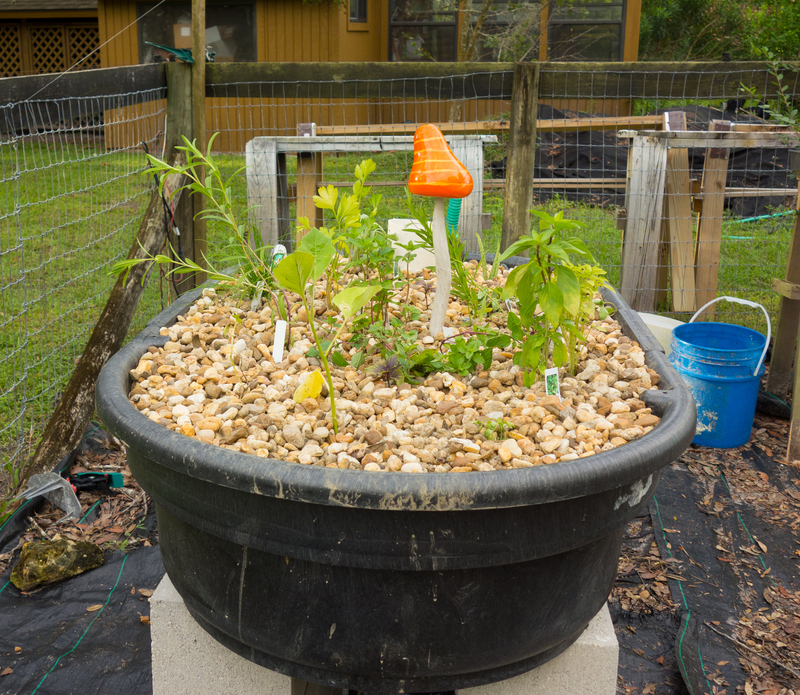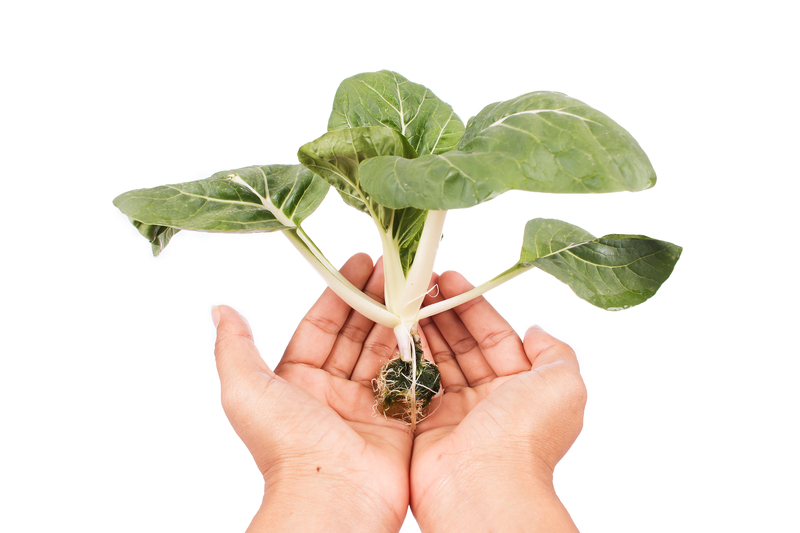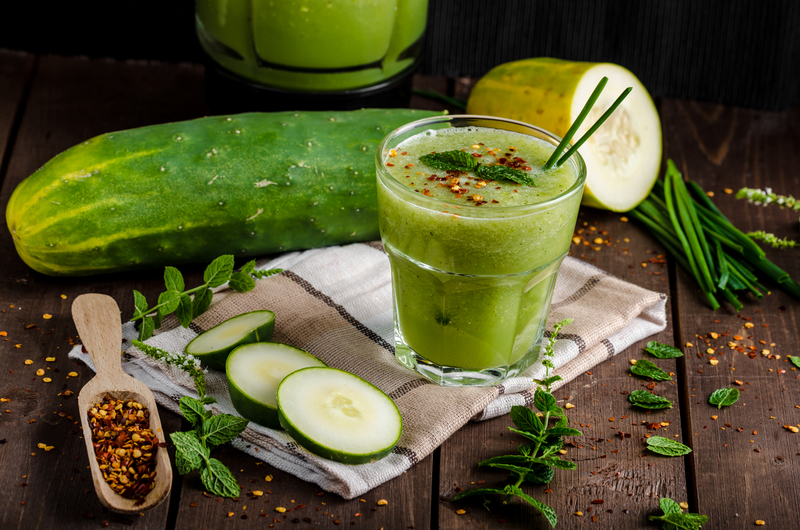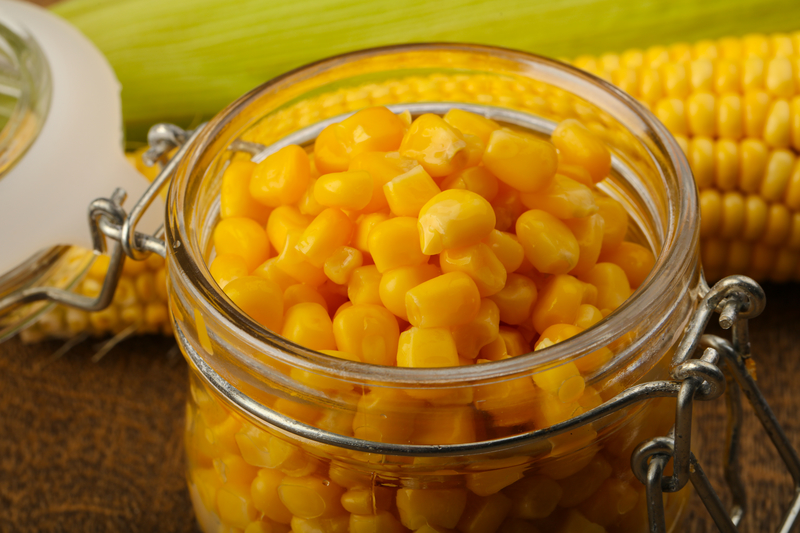Powerful Spices You Need In Your Pantry
Whether you choose to stock up on canned goods or live off the land with your own garden of fruits and veggies and a storeroom full of meat and fish you’ve hunted yourself, you can give your taste buds more variety with the addition of different seasonings. So, take some advice and make sure … Read more


